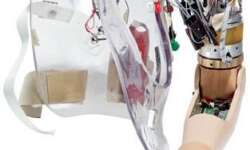What Is An Atomic Clock?
The atomic clock is a kind of clock that utilizes atomic resonance frequency as its timekeeping feature. These clocks show the exact time and frequency standards and are identified as the primary standards for international time and manage and organize the frequency of the television broadcasts and GPS satellite services. The atomic clock uses the resonance frequency of atoms as its resonator. A resonator is operated by the frequency of the microwave electromagnetic radiation absorbed or emitted by the molecule or atom’s energy change. Thus an atomic clock generates standard frequencies. These are installed at various sites to show time signals. Alpha navigation transmitters and LORAN C. Atomic clocks are very useful in long wave and short wave broadcasting stations to deliver an exact frequency that can act as the standard frequency. Also, atomic clocks have been used in a long-baseline interferometer in radio-astronomy.













